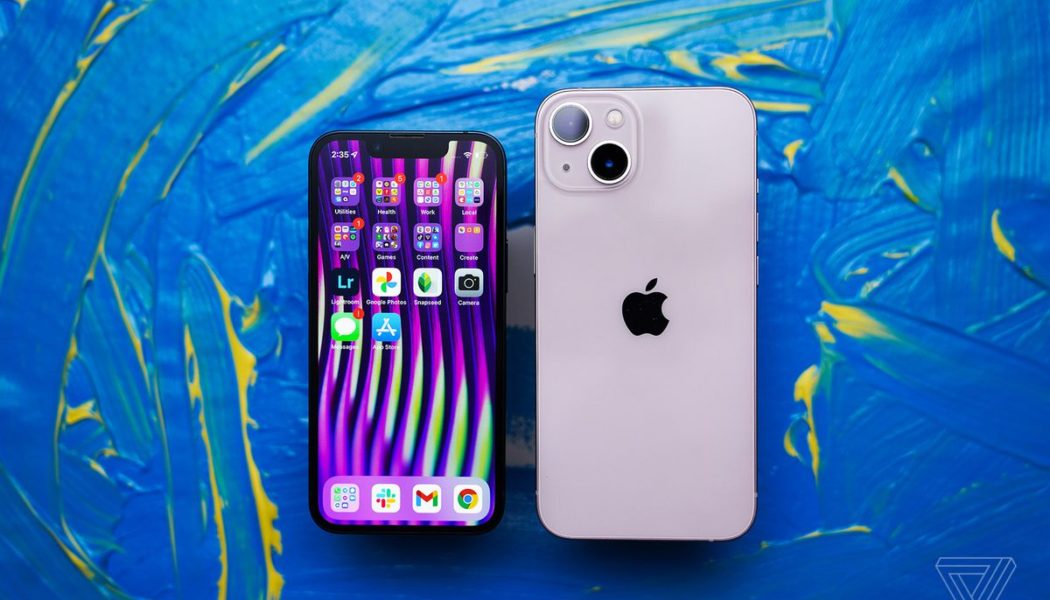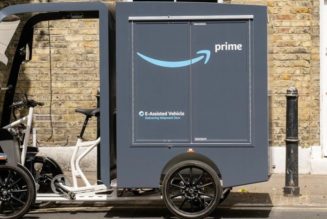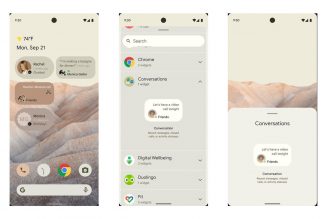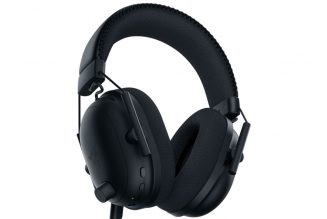I come to you today with good and bad news. The bad news is that small phones are dead. Apple is all but certainly killing off the iPhone Mini this year, and the smallest Android phone I’ve used all year is the 5.9-inch Asus Zenfone 9 — quite a bit larger than the 5.4-inch Mini. But that’s what passes for “small” now.
Here’s the good news. We can at long last lay to rest the debate over what’s the right size for a phone because I just made up an answer: 6.1 inches. All phones henceforth shall adhere to the new, entirely reasonable standard I have invented and come with a 6.1-inch screen. Take the Google Pixel 6A and its — you guessed it — 6.1-inch screen. Next to the 6.4 and 6.7-inch Pixel 6 and 6 Pro, it’s downright tiny. It fooled me into thinking I was holding a small phone when I first took it out of the box, but it’s actually a whole lot bigger than the Mini.
:no_upscale()/cdn.vox-cdn.com/uploads/chorus_asset/file/22863273/vpavic_210916_4760_0240.jpg)
If we can’t have truly small phones, then we should have more like the Pixel 6A: small enough to kind of fit in your pocket but large enough to be tolerated by the big-phone-loving population. Certain exceptions will be allowed, but by the power vested in me by literally nobody: 6.1 inches is the new default. Here’s my reasoning.
It’s small enough to kind of qualify as a compact phone.
Sony just teased a new “compact” phone that’s probably the Xperia 5 IV, which is very likely to have a 6.1-inch screen like its predecessor. Since most Android phones (especially the best-selling budget and midrange devices) hover around the 6.5-inch mark these days, this counts as compact.
It’s also, objectively, not very small. Here’s something that really happened: when I unboxed the Google Pixel 6A, I gushed to the rest of the Verge reviews team over Slack about what a cute, small phone it was. A little baby Pixel 6! They quickly reminded me that 6.1 inches is not tiny, cute phone territory. When you spend most of your time using huge Android phones, you can lose your sense of what’s a small display and what’s just normal.
It’s big enough to be acceptable to the big-phone-favoring public.
The base models of the Samsung Galaxy S22 and iPhone 13 are both 6.1 inches. In the US, at least, those are basically the default flagship phones on Android and iOS — you can go up from there, both in price and screen size, but it all starts at 6.1 inches. See my earlier point about screen size being normalized through repeated exposure: if most people already see this as the default, then it’s settled, I say! No need to push the standard screen size higher — we’re all comfy right here.
Someone has to put an end to screen size inflation.
Years ago, we all walked around with tiny sub-5-inch phones in our pockets, and you know what? That was fine. But then we got greedy for more square inches and more pixels. Here we are. The biggest iPhone is a gargantuan 6.7 inches. What’s next, a 7.6-inch screen? You’d have to fold it in half to even carry it around! Imagine! The madness must be stopped.
:no_upscale()/cdn.vox-cdn.com/uploads/chorus_asset/file/23262019/ajohnson_220216_5033_0009.jpg)
I’m not saying every single phone has to be 6.1 inches. The people have spoken, and the people want Maxes, Pluses, and Ultras. I’m just declaring politely asking that we settle on a sensible middle ground that satisfies both the small phone aficionados and everyone else before it’s too late. In the meantime, I’ll be over here, gently weeping as I put my SIM card into yet another phone with a huge 6-point-something-inch screen.









